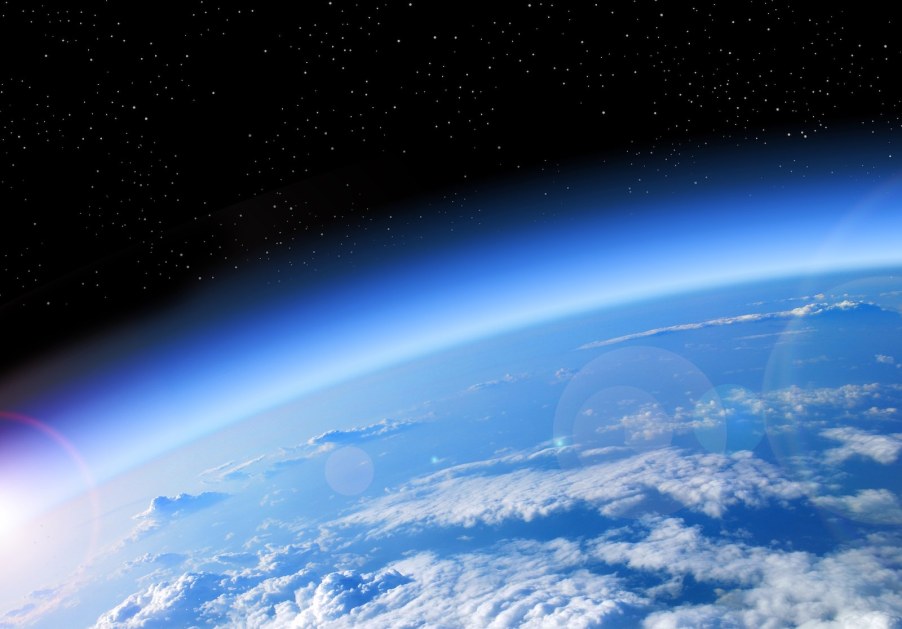
Remember the Hole in the Ozone Layer? Yeah, We Fixed That
When we read about environmental catastrophes, such as climate change caused by greenhouse gases, it’s easy to feel we’re helpless to make the world a better place. But the truth is that our planet already faced a major global catastrophe when we discovered we were dissolving the earth’s ozone layer. In the 1980s, we came together and agreed on a solution. A recent report reveals our planet’s ozone layer is rapidly regenerating, reducing the risk of skin cancer and other diseases.
| What | The earth’s ozone layer is on track to fully recover |
| When | By the year 2040 in most places |
| How | Worldwide bans on some aerosol and freon gases |
| Why | To protect humans from cancer-causing ultraviolet radiation |
Ozone molecules are made up of three Oxygen atoms bonded together. They are very rare in the earth’s atmosphere. But they group together at the same altitude (9-20 miles above the planet’s surface) and form a gaseous layer around the earth. This “ozone layer” happens to block almost all the ultraviolet radiation in the sun’s rays. Thus it shields us from the wavelengths that cause the most cancer, and may have been instrumental in life forming on earth in the first place.
By 1985, it was clear to scientists that our ozone layer was in trouble. Many of the industrial gases we were manufacturing contained a molecule called a “chlorofluorocarbon” which breaks oxygen atoms off of ozone molecules.

The result was intimidating. A thinning of the ozone layer was letting much more ultraviolet radiation hit the surface of the earth, and would likely cause an increase in conditions such as skin cancer. But we got lucky: chlorofluorocarbon is more likely to decay ozone in colder temperatures, so the worst of the ozone layer thinning was happening over our poles. Scientists were able to measure the phenomenon and warn us about it, before it seriously harmed human populations.
In 1987, 198 countries met in Montreal and signed the “Montreal Protocol.” They pledged to phase out the production of chemicals that damaged the ozone. The gases we needed to replace included common refrigerants and aerosol products. Doing this required sweeping changes in government policy, and a ton of research into alternative chemicals by businesses around the globe.
By 2003, scientists were able to measure a slowing rate of ozone depletion. In 2023, the UN reported that the ozone layer is on the way to a full recovery. They project that the layer will be as thick as it was in 1980 by the year 2040. The layer over the Antarctic should be fully restored by 2066.
I was born after the Montreal Protocol. My generation faces a different battle: reducing global emissions enough to reverse the greenhouse effect and slow climate change. Engineering zero emissions vehicles for commuters, and converting industries such as shipping and air travel, are daunting challenges. Sometimes it even feels impossible. But we can take heart in the fact that this is not the first such crisis the human race has wrestled with. Through determination and innovation, we were able to face the problem of ozone depletion head-on. And we solved the seemingly unsolvable.
Next, read about the problem or lithium hoarding, or see how ozone depletion works for yourself in the video below:




